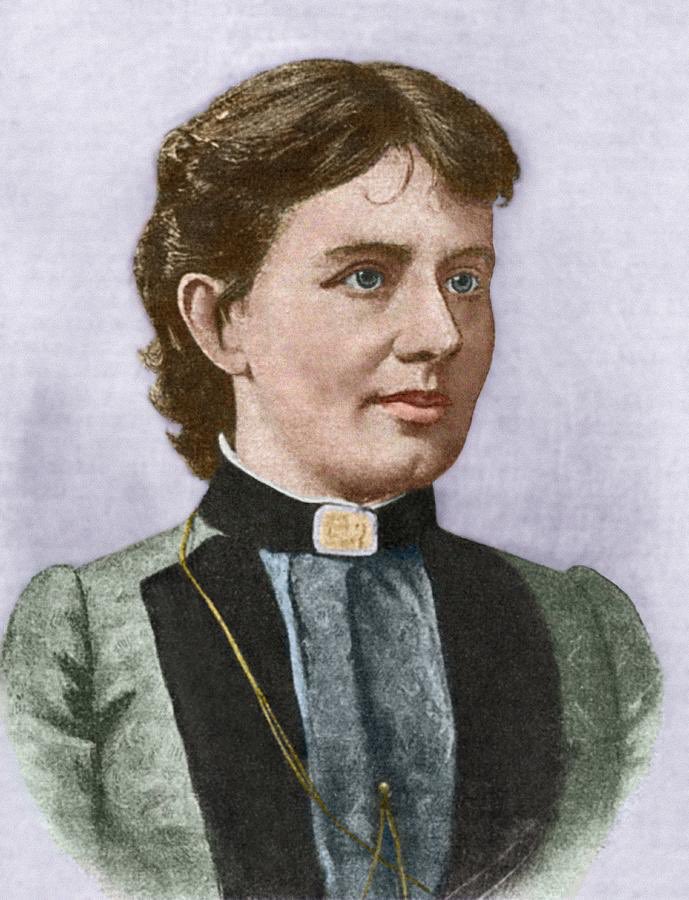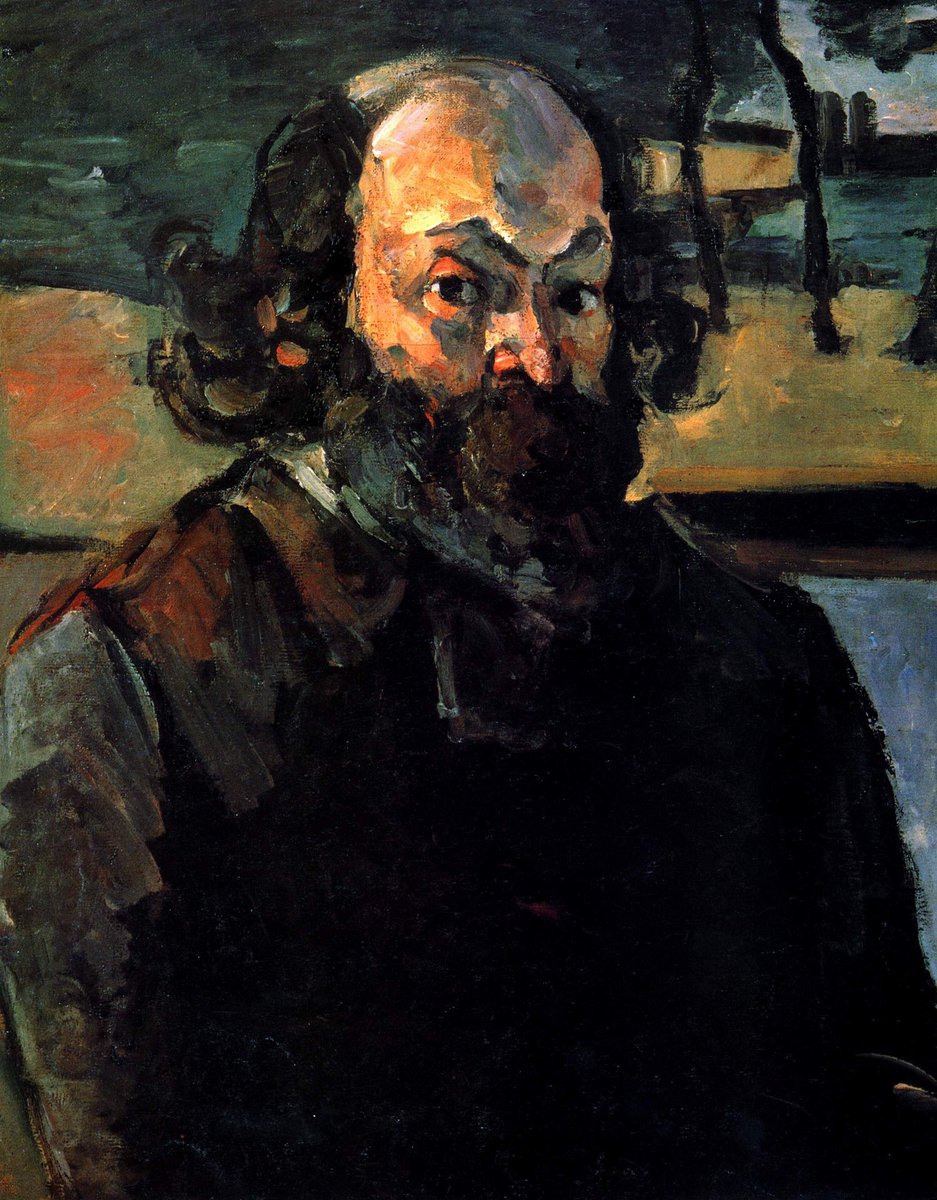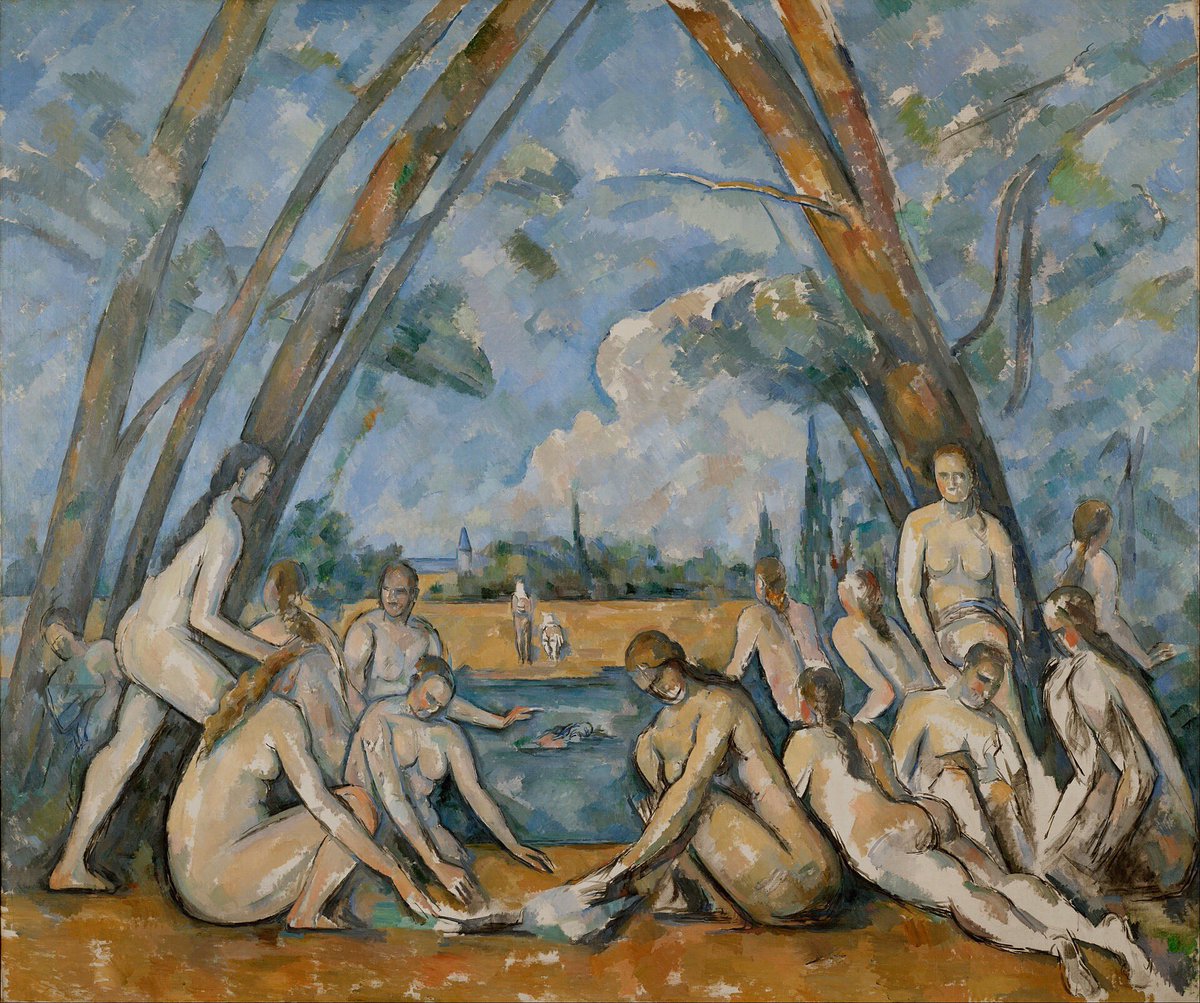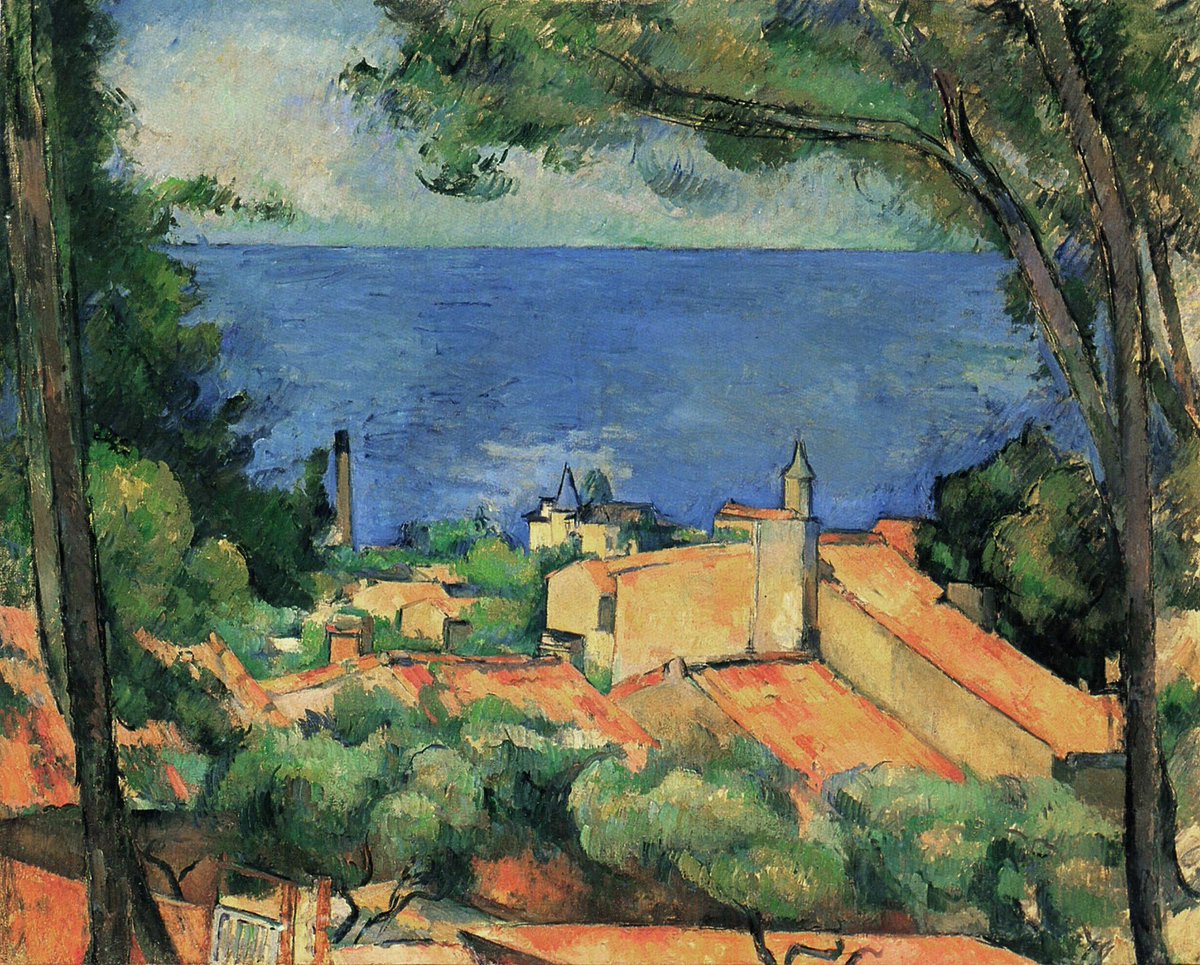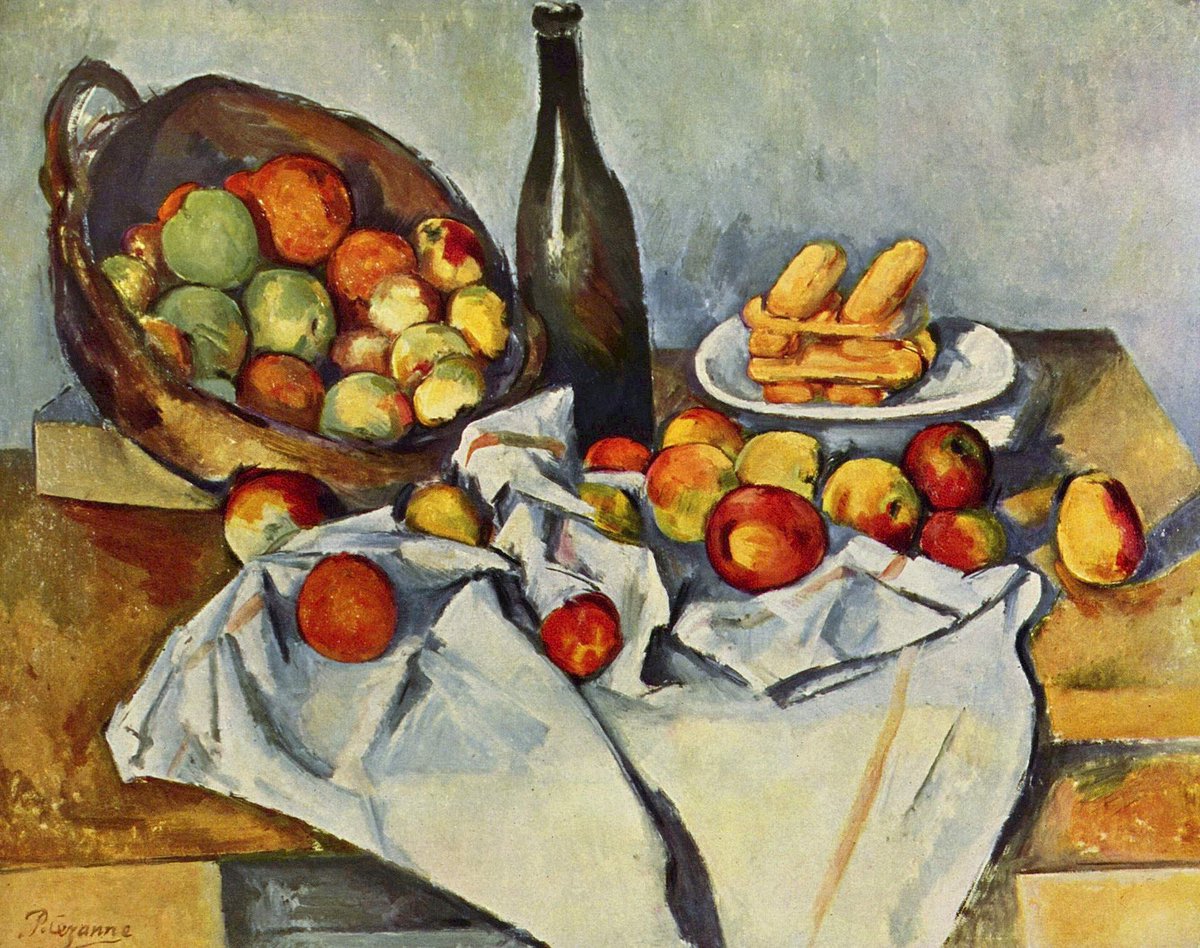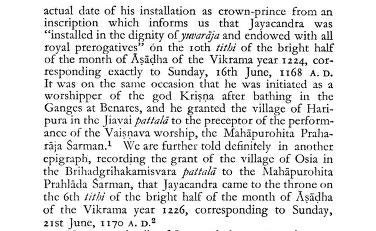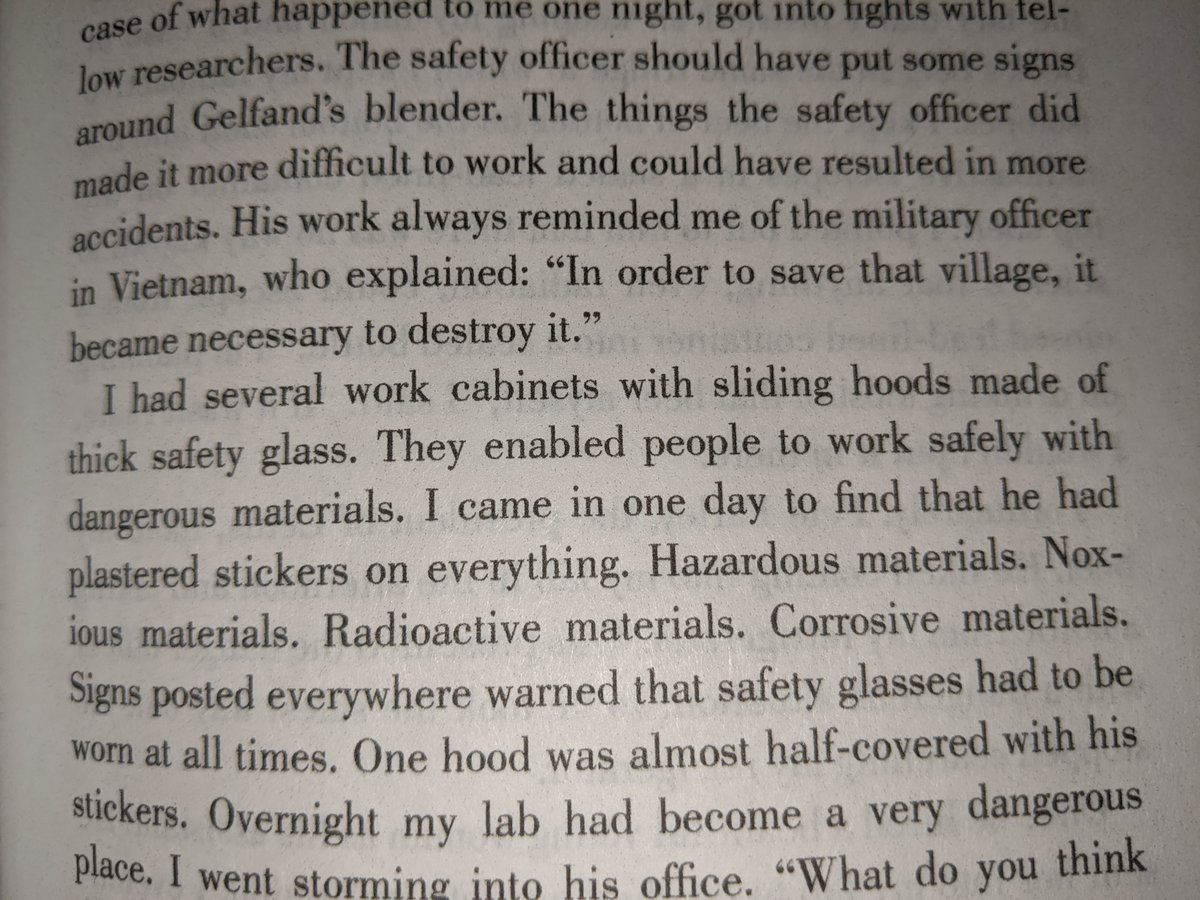Categories History
7 days
30 days
All time
Recent
Popular
Our story begins with Patrick Miller of Dalswinton. He was born in Glasgow, the third son of minor gentry; William Miller of Glenlee (not Sir William, baronet), a Writer to the Signet, and Janet Hamilton (pic National Galleries of Scotland) https://t.co/dEA1dBpWRk

Patrick attended the University of Glasgow, where he decided (or it was decided for him) to take up banking as a profession. By the age of 29 he was a partner in the firm of William Ramsay of Barnton (independently wealthy from money his father made in the Canongate inns trade)

Ramsay was also a merchant, and Patrick spent much time looking after the shipping business of the firm. He is said to have learned first hand the perils of the sea, sparking an insatiable interest in naval architecture.
By the age of 36, Patrick was elected to the Court of the Bank of Scotland, where he was a reformer and a pioneer - instituting the practice of accepting the promisory notes of competitor banks. Both he and the bank prospered. (pic NGS)

Miller invested his wealth wisely in the furnaces of the Scottish industrial revolution and became one of the largest shareholders in the Carron Iron Company, one of the largest iron works in Europe.


I have come across the *best* story. It has everything. Leith, a crackpot millionaire, fantastical paddle-powered Georgian warships, war in the Baltic, and the introduction of neeps to Scotland!
— Andy Arthur (@cocteautriplets) December 20, 2020
Patrick attended the University of Glasgow, where he decided (or it was decided for him) to take up banking as a profession. By the age of 29 he was a partner in the firm of William Ramsay of Barnton (independently wealthy from money his father made in the Canongate inns trade)

Ramsay was also a merchant, and Patrick spent much time looking after the shipping business of the firm. He is said to have learned first hand the perils of the sea, sparking an insatiable interest in naval architecture.
By the age of 36, Patrick was elected to the Court of the Bank of Scotland, where he was a reformer and a pioneer - instituting the practice of accepting the promisory notes of competitor banks. Both he and the bank prospered. (pic NGS)

Miller invested his wealth wisely in the furnaces of the Scottish industrial revolution and became one of the largest shareholders in the Carron Iron Company, one of the largest iron works in Europe.

Yes-- the initial revolution, like in Russia, was plotted by Western powers-- but they lost control of them in time-- Stalin's purges & shift toward a Nationalist platform is similar to Mao's-- both rediscovered "national sovereignty" & represent Napoleonic counter-revolution.
I don't support "Revolutionaries"-- I support Counter-Revolutionaries who complete the Dialectic by synthesizing the Revolutionary with the Traditional-- this is what makes Kojeve more interesting than Marx.
China has undergone massive changes-- Xi represents a "new Mao" in this sense-- & he came to power by purging the "Globalist Liberal" factions of the CCP (most often paid off by the CIA)-- Xi's unlike any other Communist Dictator from the CCP-- he's a Revolutionary Traditionalist
Xi's inspiration comes, simultaneously, from laboring with the rural peasantry & from studying Lee Kuan Yew & Deng Xiaoping-- along with the "Return to Tradition" / "Trust the Classics" revitalization of pre-cultural revolution texts-- such as Han Fei, Confucius, etc.
He's a Chinese Nationalist-- which is to say-- he's building a New Chinese Empire-- following the same tactics the US & British used in earlier time periods-- specifically, pivoting to "Free Trade" after achieving absolute industrial supremacy-- standard British Policy.
Wait until he finds out who put the Chinese Communist Party into power https://t.co/WsMiLNZ4Yp pic.twitter.com/gCWiKvBdhO
— Jaysh al Kulakistan (@AlbaranAskeri) January 3, 2021
I don't support "Revolutionaries"-- I support Counter-Revolutionaries who complete the Dialectic by synthesizing the Revolutionary with the Traditional-- this is what makes Kojeve more interesting than Marx.
China has undergone massive changes-- Xi represents a "new Mao" in this sense-- & he came to power by purging the "Globalist Liberal" factions of the CCP (most often paid off by the CIA)-- Xi's unlike any other Communist Dictator from the CCP-- he's a Revolutionary Traditionalist
Xi's inspiration comes, simultaneously, from laboring with the rural peasantry & from studying Lee Kuan Yew & Deng Xiaoping-- along with the "Return to Tradition" / "Trust the Classics" revitalization of pre-cultural revolution texts-- such as Han Fei, Confucius, etc.
He's a Chinese Nationalist-- which is to say-- he's building a New Chinese Empire-- following the same tactics the US & British used in earlier time periods-- specifically, pivoting to "Free Trade" after achieving absolute industrial supremacy-- standard British Policy.








